
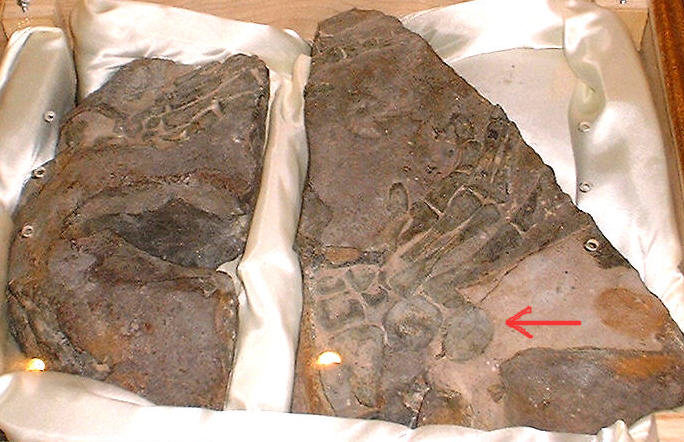

| 
|
http://www.texasmusicguide.com/creationlecture.htm
However, more recently (Nov. 2006) Baugh expressed to Stephen Meyers that he was not sure of the identity of the bones, and indicated that he was leading the research effort to determine what they are. Baugh is welcome to study further; however, they plainly show a number of differences from human digits, and they have already been positively identified as fossil sea turtle bones by a number of biologists and paleontologists, including Dr. Peter Prichard (herpetologist and author of the Enclyclopedia of Turtles), Dr. Peter Meylan (a marine reptile researcher at Eckerd College in Florida), and Dr. Walter Joyce, a fossil turtle expert at the Yale Peabody Museum division of Vertebrate Paleontology. Dr. Joyce indicated that the bones were definitely those of a sea turtle, probably of the superfamily Chelonioidea, which includes green turtles, loggerheads, and hawksbills. He noted that the flipper of a sea turtle superficially resembles that of a human in having the digital formula (2-3-3-3-3), that is, all digits but the thumb have three phalanges. Also, both humans and sea turtles have two rows of four carpal bones, and the thumb of both are much shorter than the other digits. However, he noted that the following characters distinguish humans from sea turtle:
1. The distal phalanx of turtles is more flattened and pointed than in humans.
2. The carpals of humans are small and cluster together towards the arm to allow maximal movement; whereas the carpals of sea turtles are more flattened and angular (some almost square), and only allow a slight bending movement
3. The thumb of humans points outward somewhat, but the other digits are notably straight and subequal in length; in most sea turtles, the first two digits are claw bearing and they thus both point outwards and are both much shorter than the rest
4. The articular surfaces of human phalanges are well formed to allow finger movement; the articular surfaces of marine turtle phalanges are blunt to help stiffen the flipper
5. The pisiform (a bone of the carpus) is tiny in humans, but gigantic in sea turtles to help enlarge the surface of the flipper
6. Last not least, humans hands are typically not associated with turtle shell fragments.
Dr. Joyce noted that all of these features are visible in the fossil material depicted in the photos shown by Baugh, and that they were "clearly sea turtle in nature." He closed by stating that the photos "beautifully show the large blocky carpals of sea turtles and especially the gigantic pisiform."
(Email correspondence, Dr. Walter Joyce, 17 Nov. 2006)
I would like to add by way of my own observations that in regard to the proportions of individual carpals and phalanges, in human hand bones the carpal and most proximal phalange on digit II are approximately the same lengths as on digit III. However, in sea turtles and the fossil bones the same phalange on digit II is much shorter than it is in digit III. Also note that in the first photo, a man's hands are covering several of the large carpal bones that can been seen in the second photo, including the pisiform bone that in a sea turtle is not only very large as Dr. Joyce notes, but also extends outward a considerable distance (see red arrow). The same bone is tiny, pea shaped, and closely packed with the other carpals in a human wrist. Commpare the human wrist to the fossil bones and the last Protostega photo below (red arrows indicate the pisiform carpal).
The proponents of the "human hands" interpretation should realize that when extraordinary claims* are made, the bruden is on them to demonstrate the claims, not on others to refute them. This is especially true in this case, where even a cursory view of the photos reveals a number of differences with human hand bones, and where a number of experts have identified the bones as those of a sea turtle, citing a number of key features supporting this conclusion. If the "human hands" advocates disagree, they should provide detailed descriptions of the bones, comparing their individual sizes, shapes, and other features to human hands and various Cretaceous sea turtle flippers, to demonstrate their assertions. Lacking that, this seems to be another example of an unfounded "out of place" fossil claim based on insufficient research, similar to the case of the Glen Rose "human tooth" that turned out to belong to a Cretaceous fish.
I would like to thank Dr. Joyce and the other scientists who responded for their very helpful input on the subject.
Below for comparison purposes are illustrations of human hand bones along with skeletons of a green sea turtle and the Cretaceous turtles Toxochelys latiremis and Protostega gigas. for comparison. These are not likely from the same genus or species as the fossil bones, but show similar key features. For additional photos of Cretaceous turtle skeletons, see Mike Everhart's website "Marine Turtles of the Western Interior."
Thanks,
Glen K.
* Lest the reader question whether human bones in the Cretaceous would be an extraordinary find, it should be noted that billions of Cretaceous (and other Mesozoic) fossils are known, representing thousands of different animal species, but not one properly verified human remain. Even the major strict creationist group Answers in Genesis has acknowledged this, stating: "As far as we are aware at the present time, there are no indisputable human fossils in the fossil record that we could say belong to the pre-Flood human culture(s)." (Snelling, 1991).
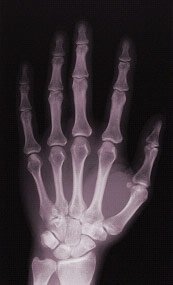
| 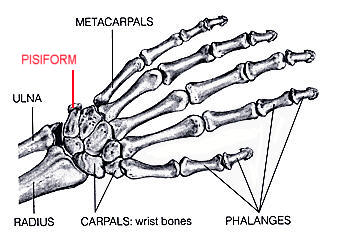
| 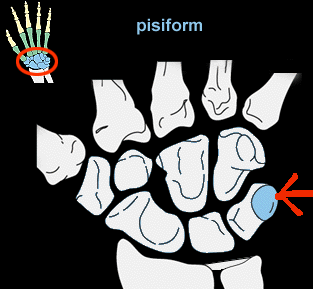
|
| x-ray and diagram of human hand bones |
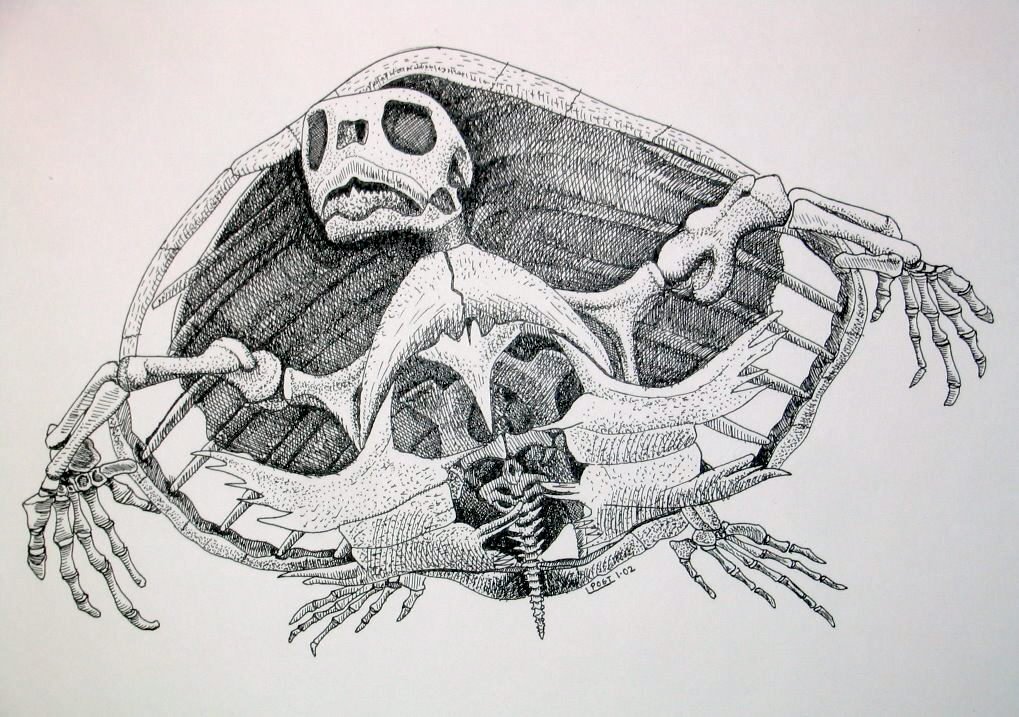
| 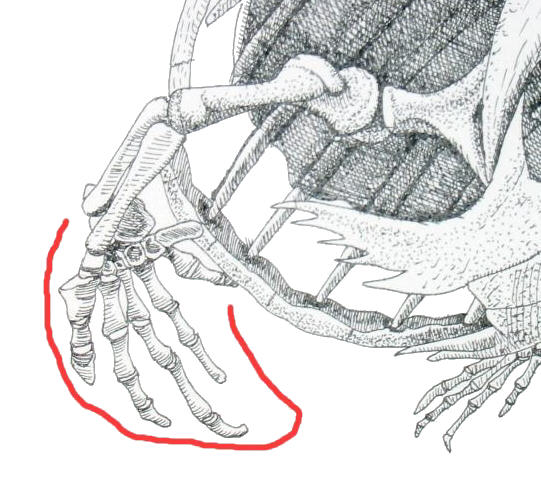
|
| Green turtle |
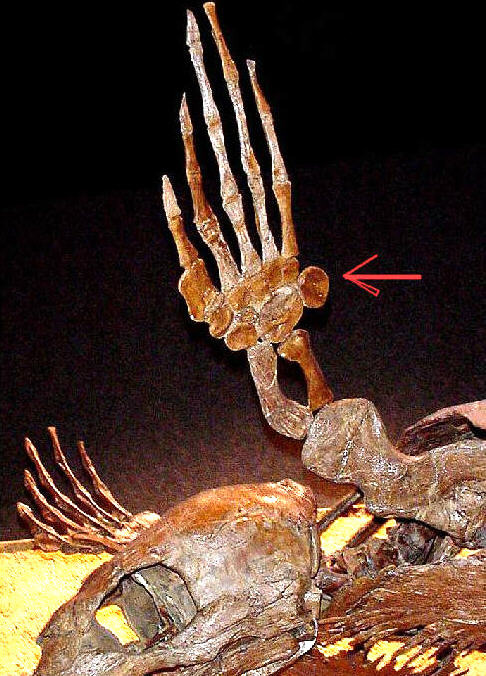
|
| Cretaceous turtle: Protostega from Mike Everhart's Oceans of Kansas Paleontology site |
| Click here for larger image of this turtle |
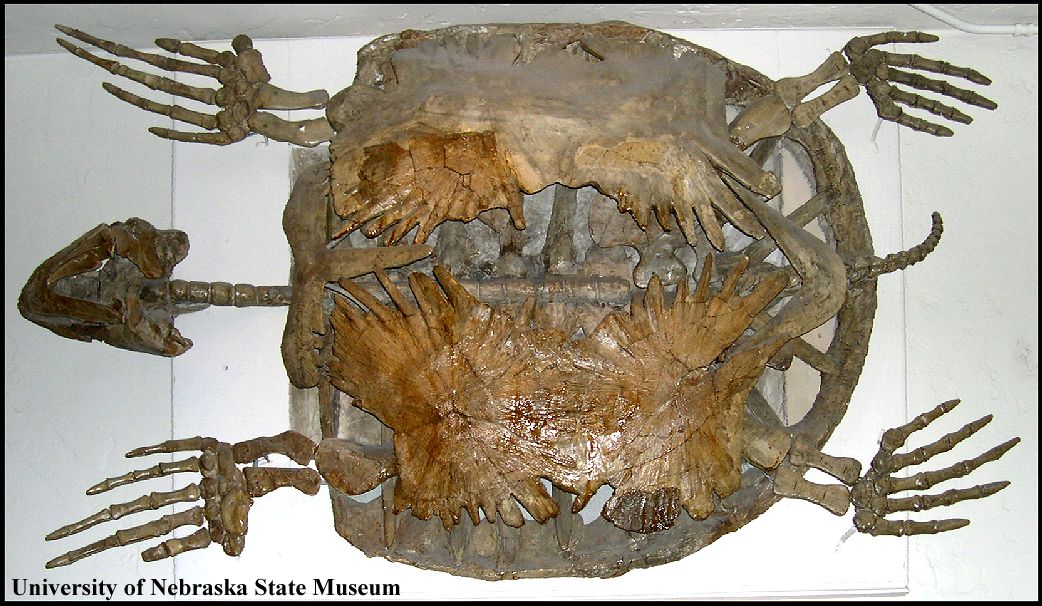 |
| Cretaceous turtle: Protostega from Mike Everhart's Oceans of Kansas Paleontology site |
| Click here for larger image |
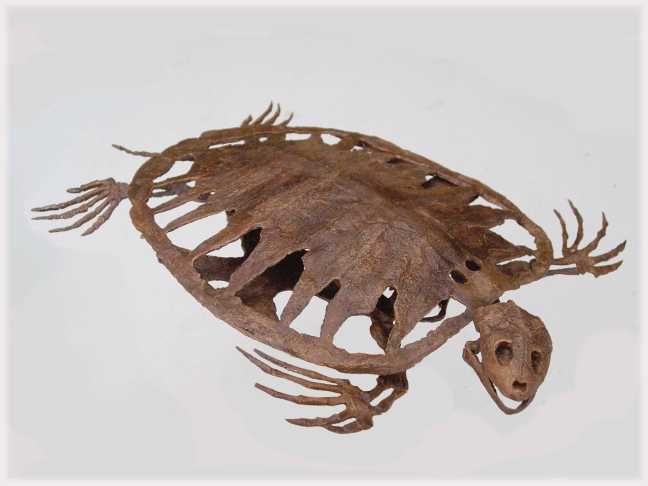
|
| Cretaceous turtle: Toxochelys from Tribold Paleontology website |
| Click here for larger image of this turtle |
1. Baugh, Carl E. personal communication to Stephen Meyers, Nov. 2006. 2. Snelling, Andrew, 1991 (Dec). Where are all the human fossils? Creation 14(1):28-33.